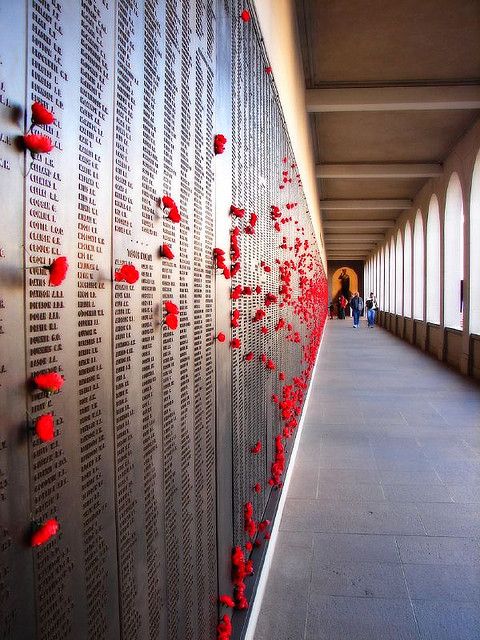Some rights reserved by aussiegall
On Monday 4 August 2014, people across the country turned out their lights at 10pm, leaving one single light or candle on, to pay their respects to our fallen heroes at the exact time when, 100 years ago Great Britain officially entered WW1.
The next day, while flicking through the papers adorned with WW1-led coverage and highlights from the #lightsout campaign of the night before, I got thinking about how people up and down the country are commemorating the 100th anniversary and remembering those who fought for our today.
Other than the commemorative issues of the newspapers, I wondered how else print is being used to help remember WW1. Browsing the internet I found a selection of events and tributes in which the UK is remembering the First World War.
Now on my list of must-visits this year is the Imperial War Museum’s new First World War Galleries, which were set up this year to mark the centenary of WW1. The galleries showcase the story of the war through prints, photographs, posters and war memorabilia.
Royal Mail has also launched its first collection of WW1 commemoration stamps. Over the next five years (2014 – 2018) mirroring the period of time soldiers fought for our country, 1914 – 1918, Royal Mail will release a total of 30 stamps to pay respect to the millions across the world who were affected by the Great War, all featuring a different tribute.
QR Codes are being implemented on Commonwealth war graves in Wales across the world to bring deceased soldiers’ stories to life. When scanned the QR codes will provide information such as images, videos and other media.
Vehicle wrapping is a popular wide format print application, but boat wrapping, on the other hand, is slightly rarer. If your regular commute takes you past Victoria Embankment you may have already seen the 1918 HMS President docked and noticed that it has been wrapped in a special camouflage-patterned vinyl. This wrap pays honour to the type of camouflage used throughout the First World War.
Last but not least, my favourite illustration of how print is being utilised to commemorate the fallen – Letters to an Unknown Soldier. It’s not print on a grand-scale and is actually more about the use of paper. However, it combines both print and digital to bring together the public’s memories of and tributes to WW1. The initiative, which was inspired by Charles Sargeant Jagger’s statue of a soldier reading a letter on platform one at Paddington Station, invites the public to write that letter. Letters have been sent from around the world, from people of all ages, with over 21,000 received to date. The letters are then published online for the world to read – an inspiring use of the traditional written letter incorporated into the new digital world!
It’s great to see the different ways print is being used to pay tribute to those that were affected by the Great War, and I’m sure there’s many more out there.
Lest we forget!
